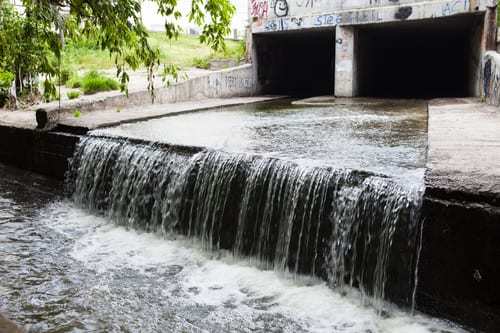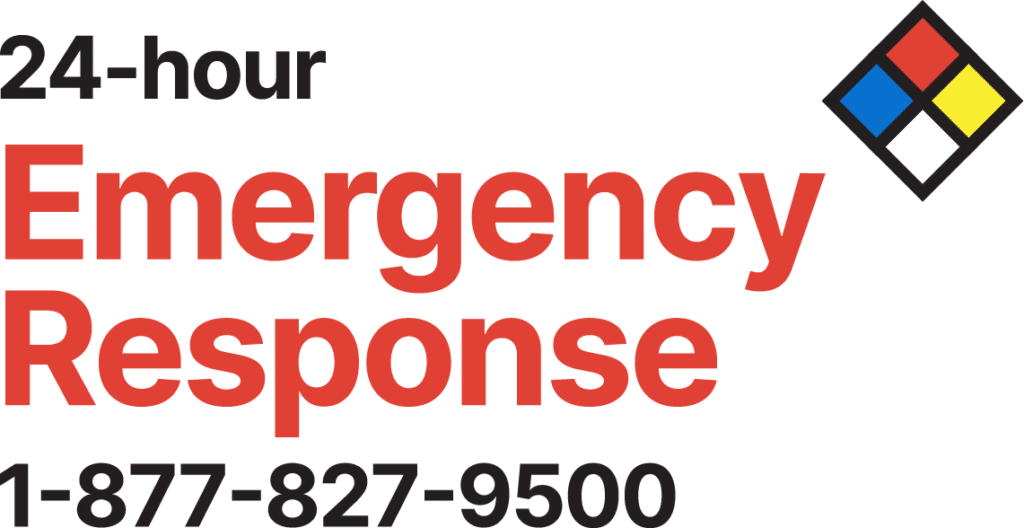What is a SWPPP? SWPPP is an acronym for Stormwater Pollution Prevention Plan. When stormwater drains away from a surface, it accumulates debris, sediments, chemicals, and more as it flows over land and impervious surfaces. SWPPPs are a requirement of the 1972 amendments to the Federal Water Pollution Control Act (the Clean Water Act) through the National Pollutant Discharge Elimination System (NPDES). SWPPPs address a facility’s pollutants and identify the Best Management Practices (BMPs) the facility is using to reduce those pollutants in stormwater.

What Is a SWPPP?
So what is a SWPPP? The main purpose of this document is to outline how a facility will minimize stormwater pollution and implement BMPs. The first step is determining if your facility is a regulated entity, which can be accomplished through a regulatory determination based on your Standard Industrial Classification (SIC) code and referencing local, state, and federal requirements. If you find that your facility is a regulated entity, you must obtain an NPDES permit and the primary actionable item required in the vast majority of NPDES (stormwater) permits includes the preparation of a SWPPP.
SWPPPs should be kept on site and updated frequently to ensure they reflect the current site conditions and BMPs. Your plan should contain current training records, inspection records, BMP maintenance records, and laboratory data. Finally, your facility must follow the procedures you outline in your SWPPP. Many states require annual stormwater training for employees that handle any material exposed to stormwater, and the states that do not require annual training highly recommend that annual training occurs.
Why Do You Need a SWPPP?
A primary driver for developing a SWPPP is regulatory compliance with federal, state, and local stormwater regulations and to avoid the penalties imposed on noncompliant sites.
Although not a regulatory driver but perhaps the more important component, in developing and following a SWPPP, you can reduce the harm your site’s pollutants inflict on the environment. You will identify potential sources of pollution that may affect the quality of stormwater discharges, and identify and design BMPs to reduce stormwater pollution. As the EPA writes, an effective SWPPP is the key to preventing stormwater pollution. Finally, we recommend that you evaluate your SWPPP periodically (any time a change is made and at least annually) and use it to maintain BMPs.
Can EWI Help with Our SWPPP?
If you’re ready to form a SWPPP, or perhaps you’re not sure whether you need a SWPPP, contact Environmental Works, Inc. We can help you develop an effective plan and decide which BMPs to incorporate and implement. Or if you already have a SWPPP in place, we can review and update the document to ensure that your current practices and procedures comply with local, state, and federal requirements.
To help your facility maintain compliance with both your NPDES permit and SWPPP, consider scheduling annual stormwater training. This course, taught by our knowledgeable staff, satisfies the employee training requirements of state and federal environmental regulatory agencies. During the training, we address the contents of a well-developed SWPPP, how to minimize stormwater impact, spill containment and cleanup procedures, maintenance duties, monitoring, inspections, documentation requirements, reporting, and much more. We have locations in Springfield, Kansas City, and St. Louis, Missouri, as well as Springdale, Arkansas. We offer training online, at your facility, or at one of our Midwest offices upon request.
For more information about SWPPPs and EWI’s services, please call 417-890-9500 or contact us online.



